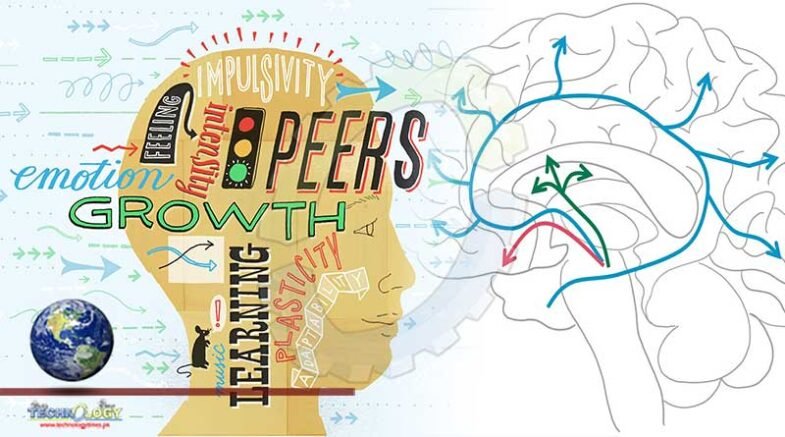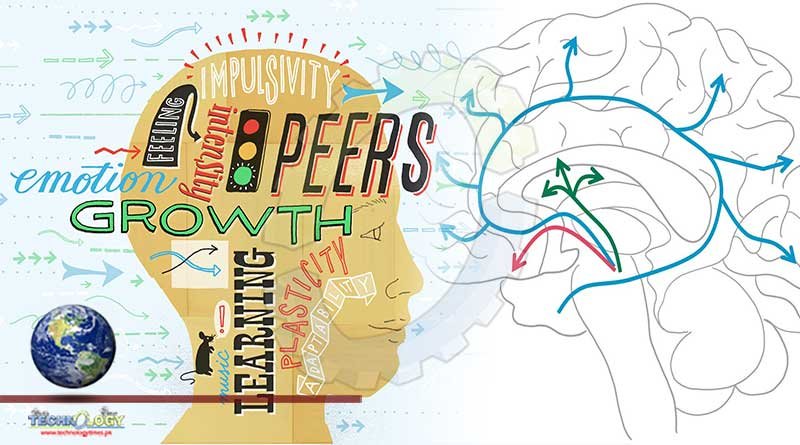Dopamine production and Dopamine has been called the “feel good” as teenagers are subject to more extreme swings than adults.

In its 2012 decision ruling life without parole for teenagers convicted of murder as excessive, as well as in earlier rulings, the U.S. Supreme Court argued that it was important to incorporate the latest brain and behavioral science research into sentencing decisions.
Writing for the court in what is called the Miller decision, Justice Elena Kagan, noted studies that show only a relatively small proportion of adolescents who engage in illegal activity develop entrenched patterns of problem behavior. She also noted developments in psychology and brain science “show fundamental differences between juvenile and adult minds,” including those parts of the brain involved in behavior control, impulse control, risk avoidance and planning ahead.
“We reasoned that those findings — of transient rashness, proclivity for risk, and inability to assess consequences — both lessened a child’s ‘moral culpability’ and enhanced the prospect that, as the years go by and neurological development occurs, his deficiencies will be reformed,” Kagan wrote.
The Supreme Court isn’t arguing that minors who murder shouldn’t be punished but that they shouldn’t be treated the same as adults, said Dr. Brooke Kraushaar, a forensic psychologist in St. Louis. He has worked for decades with juveniles who have committed crimes, including more than two dozen who were in prison in Missouri and Illinois for murder and who ultimately became eligible for parole after the Miller decision.
She did not work with Ronald Clements or James Hardy but did work with Theron Reed “Pete” Roland II. All three were found guilty of first-degree murder in the death of Steven Newberry in 1987. Clements has been released, Roland is slated for release this summer and Hardy in 2022.
“We need to factor in the developmental characteristics of adolescence and their capacity for change into their sentences,” Kraushaar said.
She wants the public to understand that the brains of teenagers are different from the brains of adults.
“There are measurable, physiological changes,” she said.
During adolescence, decisions and actions are often driven by a more primitive and instinctual part the brain that is called the limbic system, “which is the most emotional part of the brain,” she said.
“That is the dominant part of the brain,” Kraushaar said, adding that is why teens are often more emotional and impulsive, subject to peer pressure and sometimes given over to more anti-social behavior.
On top of that, dopamine production is different in teenagers. Dopamine has been called the “feel good” neurotransmitter. In teenagers, its base level is lower, but when something excites them, they produce more of it than adults, meaning they are subject to more extreme swings than adults.
But as teenagers mature, a different part of the brain, the prefrontal cortex, takes over. It is that part of the brain associated with higher-order thinking and executive functions, such as response inhibition, planning ahead, weighing risks and rewards, and the ability to consider multiple sources of information.
“That part of the brain isn’t really done developing until the mid-20s,” said Kraushaar. “The brain doesn’t really stop developing until they are 24. That’s when the remodel is done and the prefrontal cortex is taking over as the CEO.”
On top of that, family and environmental factors, such as abuse and neglect or poor parenting, further complicate the ability of teenagers to make choices, as well as the environment, such as living in a high-crime community. But she added: “Adolescents have the ability to rehabilitate and outgrow behavior. In thinking of these guys who have been incarcerated for 25-30 years, most are remorseful and accept responsibility.”
Originally published at Joping Lobe
